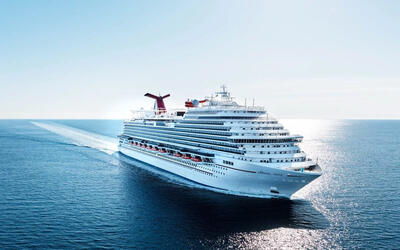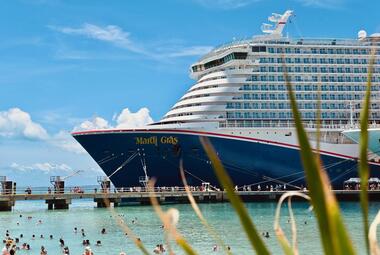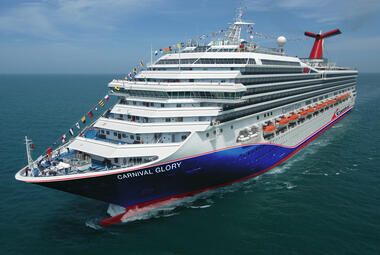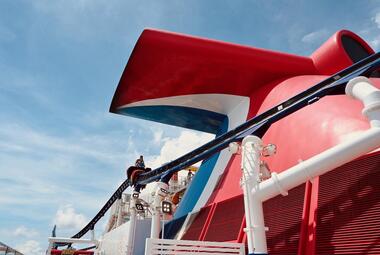Carnival Corporation reported its fourth quarter 2020 financial results on Monday, indicating a $2.2 billion loss, along with an update on what it is doing to keep the business going.
Another quarter of financial results during the cruise shutdown revealed the company's current financial situation, along with what it is doing to maintain its business during the shutdown.
Not surprisingly, Carnival reported a U.S. GAAP net loss of $2.2 billion and adjusted net loss of $1.9 billion for the fourth quarter of 2020.
In addition, Carnival ended its fourth quarter with $9.5 billion of cash and cash equivalents.
The company's monthly average cash burn rate for the fourth quarter 2020 was $500 million, which was slightly better than expected due to the timing of capital expenditures.
Selling ships faster
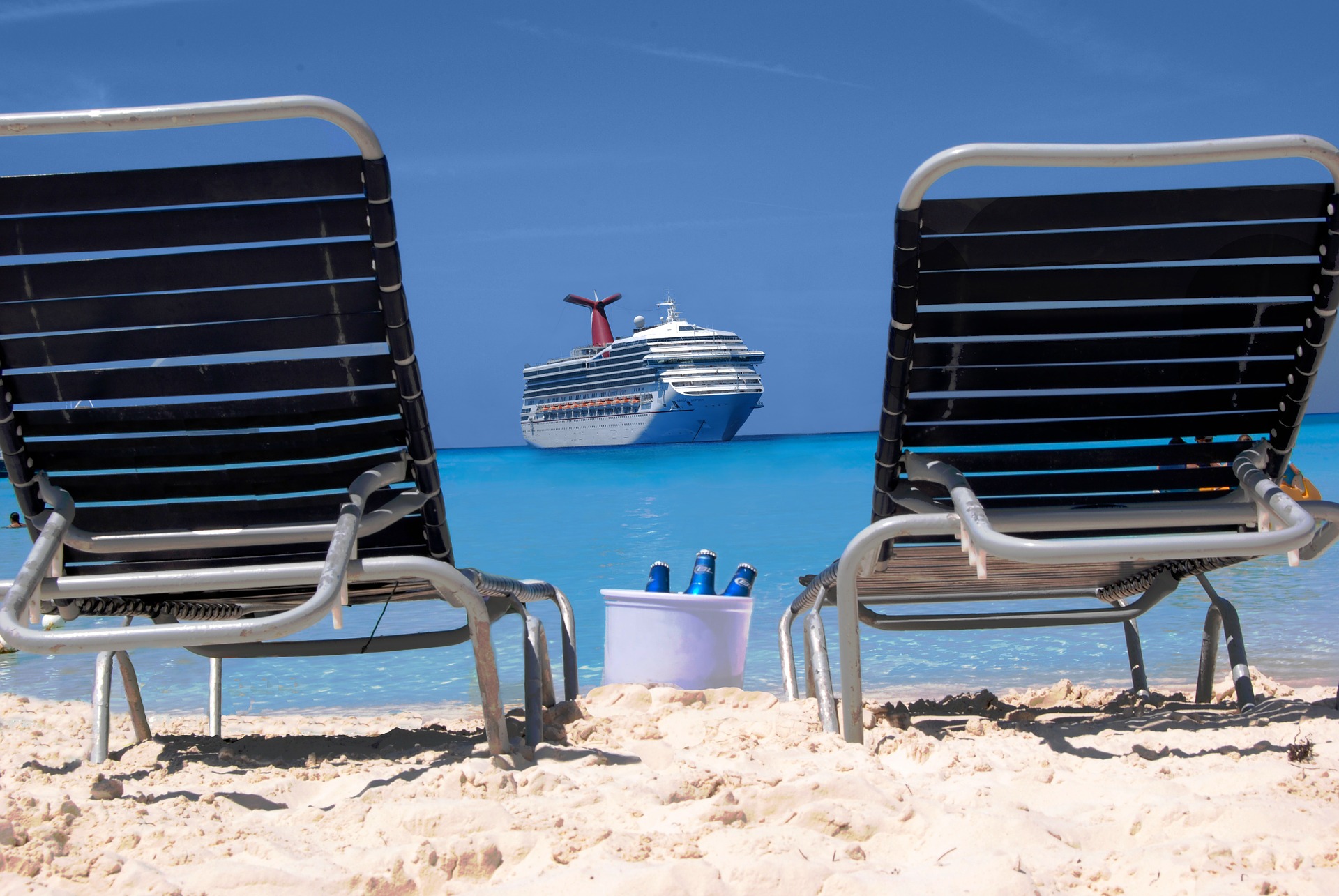
Carnival Corporation also reported it has accelerated the removal of 19 less efficient ships, 15 of which have already left the fleet.
Carnival calls it "optimizing the future fleet", and its goal is to remove capacity from its fleet of ships and delay deliveries of new cruise ships. Essentially, the goal is to make a leaner brand of cruise lines that can make more money with less bookings.
Plans to sell cruise ships had already been in the works before the cruise industry shutdown, but the current state of affairs accelerated the schedule.

The company now expects to dispose of 19 ships, 15 of which have already left the fleet. In total, the 19 ships represent approximately 13 percent of pre-pause capacity and only three percent of operating income in 2019.
By selling off less efficient cruise ships, the result will be future operating efficiencies of approximately two percent per available lower berth day ("ALBD") and a reduction in fuel consumption of approximately one percent per ALBD.
Two ships were recently delivered to Carnival Corporation, and only expects one other ship to join the fleet in fiscal year 2021, instead of the five that were originally planned.
All of these steps taken will result in Carnival Corporation's fleet being more efficient with a roughly 14 percent larger average berth size per ship and an average age of 12 years in 2022 versus 13 years, in each case as compared to 2019.
Booking trends still looking good
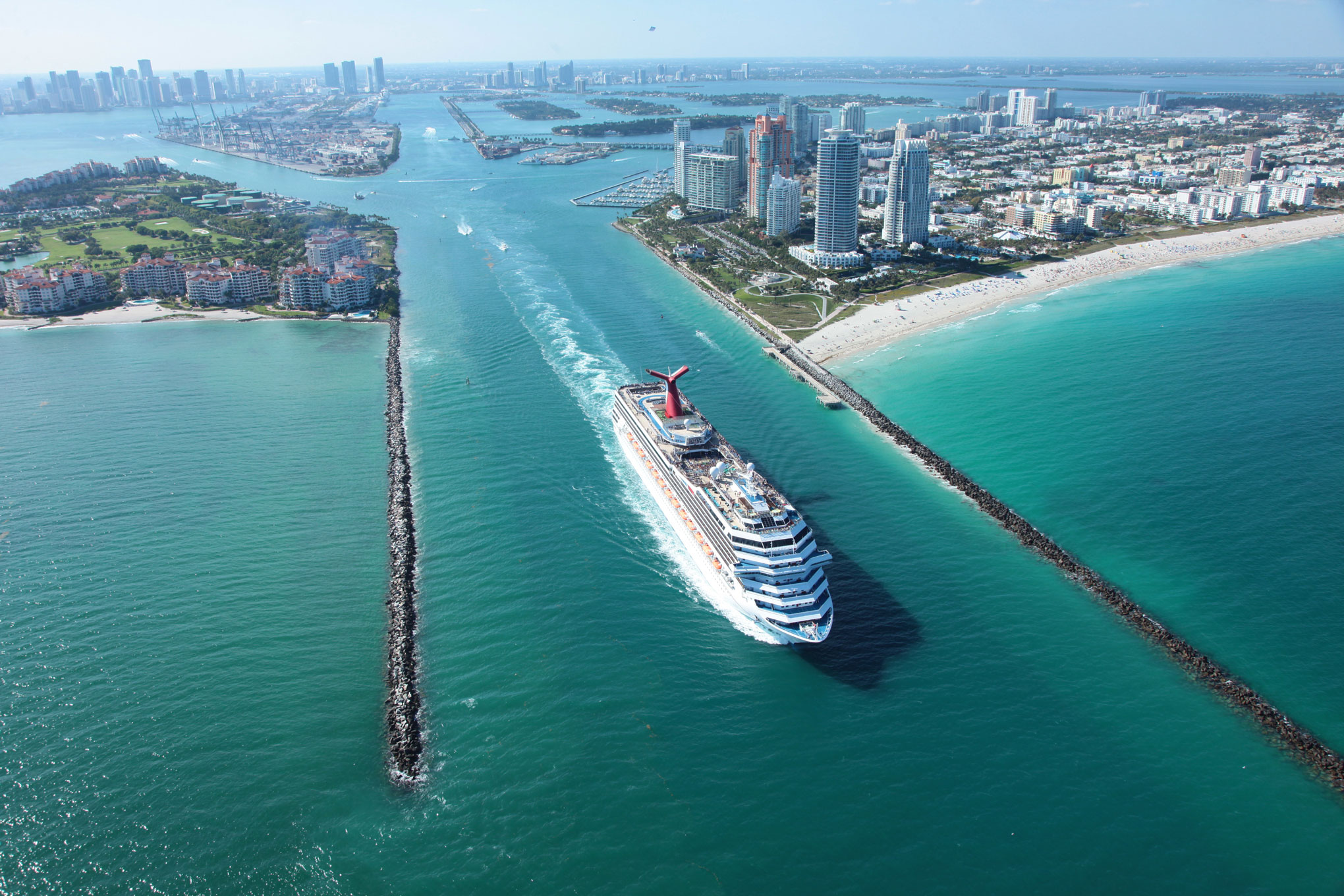
If you thought the months of no cruises and people dealing with the global health crisis would stop bookings, you'd be wrong.
Carnival noted booking trends are remaining consistent, with cumulative advanced bookings for the first half of 2022 are ahead of 2019, despite minimal advertising or marketing.
Carnival Corporation & plc President and Chief Executive Officer Arnold Donald noted, "The booking trends that we have consistently experienced throughout this period affirm the strong fundamental demand for our brands which will facilitate our staggered resumption and support the long-term growth of our company."
Carnival sees these advanced bookings as a strong indication there is long-term demand for cruising, despite minimal effort to garner new reservations.
Total customer deposits balance at November 30, 2020, was $2.2 billion, the majority of which are FCCs, compared to the total customer deposits balance of $2.4 billion at August 31, 2020. The decline in customer deposits is less than previous expectations. As of November 30, 2020, the current portion of customer deposits was $1.9 billion with minimal bookings relating to first quarter of 2021 sailings. Approximately 60 percent of bookings taken during the quarter ended November 30, 2020 for fiscal year 2021 were new bookings as opposed to FCCs re-bookings, despite minimal advertising or marketing.
Lots of cash on hand
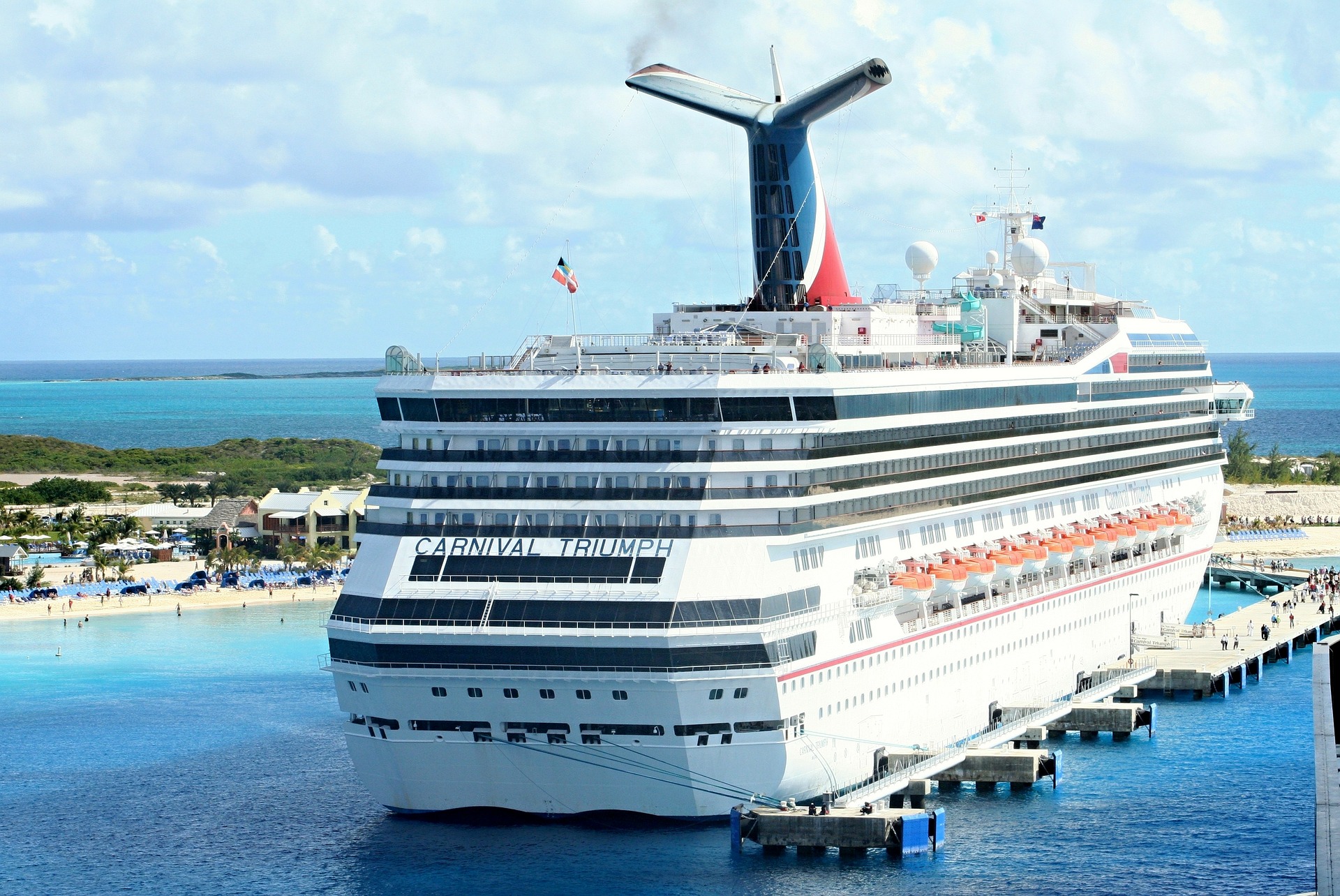
One of the biggest questions any cruise line is facing is how long can they last with few, if any, cruise ships sailing.
Since March, the company has raised $19 billion through a series of transactions. Carnival says it has $9.5 billion of cash and cash equivalents on hand, which means it can last throughout all of 2021, even in a zero-revenue environment.
Carnival Corporation & plc Chief Financial Officer David Bernstein noted, "As we return to full operations, our cash flow will be the primary driver to return to investment grade credit over time, creating greater shareholder value."
During fiscal 2021, the company expects to enter into financial transactions to optimize its capital structure which may include opportunistically enhancing liquidity.
Outlook for 2021
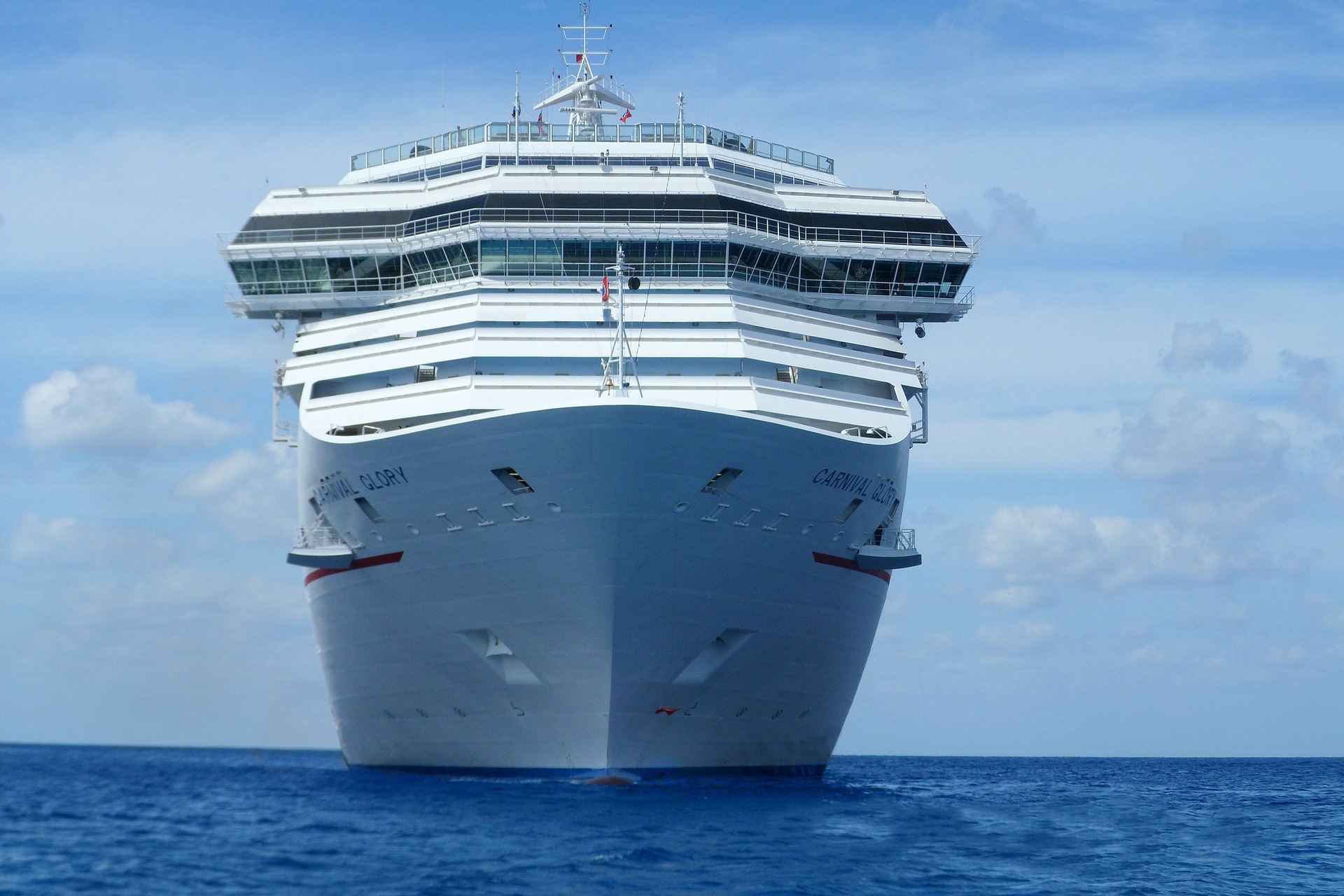
Not surprisingly, Carnival cannot predict when the entire fleet will return to normal operations, and as a result, unable to provide an earnings forecast.
In terms of financials, the pause in guest operations continues to have a material negative impact on all aspects of the company's business, including the company's liquidity, financial position and results of operations. The company expects a net loss on both a U.S. GAAP and adjusted basis for the first quarter and full year ending November 30, 2021.
Carnival Corporation & plc President and Chief Executive Officer Arnold Donald noted, "2020 has proven to be a true testament to the resilience of our company. We took aggressive actions to implement and optimize a complete pause in our guest cruise operations across all brands globally, and developed protocols to begin our staggered resumption, first in Italy for our Costa brand, then followed by Germany for our AIDA brand. We are now working diligently towards resuming operations in Asia, Australia, the UK and the U.S. over the course of 2021."
Donald added, "With the aggressive actions we have taken, managing the balance sheet and reducing capacity, we are well positioned to capitalize on pent up demand and to emerge a leaner, more efficient company, reinforcing our industry leading position."


